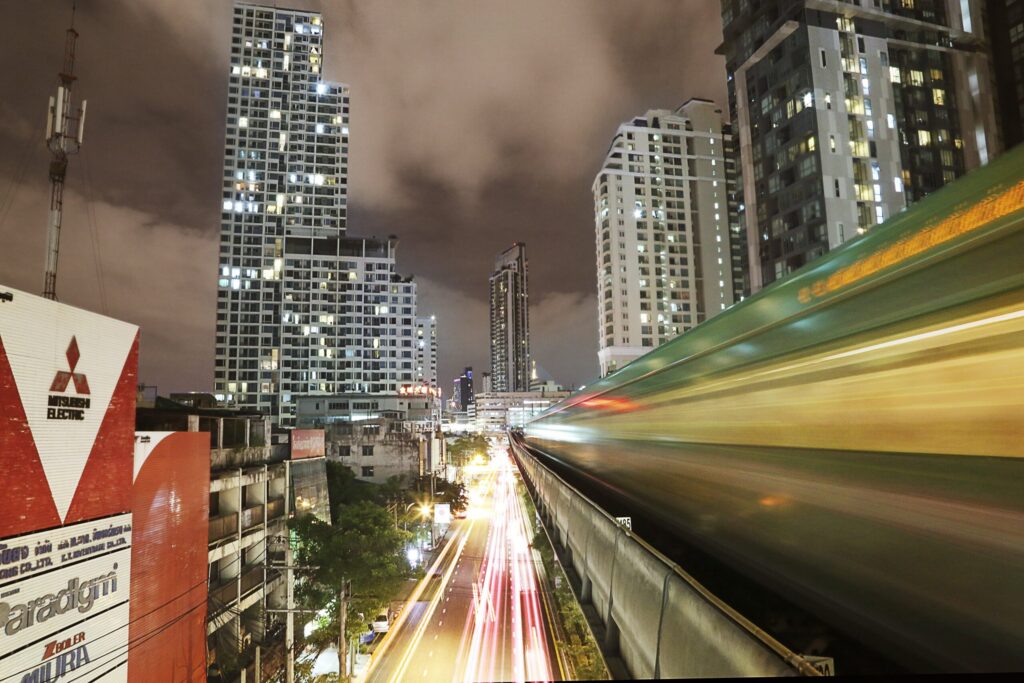Choosing the wrong KPIs can be far worse than not having KPIs at all. This can cause strategic misalignment, wastage of resources and money on metrics that don’t matter.
KPIs are critical measures towards a goal that gives a business important insights on its performance. Your business might be involved in warehousing or procurement or something else but all businesses track their KPIs towards a specific goal.
You should have at least three to four key performance indicators at every level of the organisation. If you’re reporting on supply chain KPIs to the managing director, four is enough. Three or four KPIs at each level in the organization needs to be made that are tailored to the needs of that specific level of management.
Selecting the right metrics is hard and measuring the wrong KPIs could severely impact your business and the supply chain. You could even harm the morale of the staff. For example, giving them things that are not measurable or subjective. Most managers don’t know where to start when selecting KPIs for their staff for their teams and their departments because there are so many things that could be measured in a business. At times, it gets confusing which ones are the right ones.
For this reason, people often struggle to set KPIs and targets.
There are hundreds of KPIs by role by the department and by a strategic goal, examples include supply chain director, warehouse manager, distribution manager, buyer procurement manager, forklift driver, a truck driver. A few good KPIs are unplanned overtime, unplanned maintenance, on time and full deliveries, Inventory accuracy percentage, credit to sales and service level agreements. People either measure the wrong things or they measure too many.
Two main things to measure with KPI:
- Cost
- Service
What’s the right thing to measure?
The right thing to measure varies depending on the nature of your business. But mostly the main KPIs are cost per unit. For further understanding, let’s consider an example.
The cost KPIs for a warehousing business would be the cost per carton, cost per pilot and cost per order processed through the facility. One should also aim to have a balanced KPI for cost and service.
One of the most popular KPIs is DIFOT (delivery in full on time). It’s a classic KPI but it should be measured in two ways – (1) Full measurement (2) On-time measurement
Try and measure those separately because they are two different things that you should be measuring.
10 Key Supply Chain Metrics to Consider
Cash Cycle Time – This metric refers to the number of days between paying for materials and getting paid for the product.
Customer Order Cycle Time – This metric measures how long it takes to deliver a customer order after the purchase order is received.
Perfect Order Measurement – This metric provides the percentage of your orders that are without errors.
Fill Rate – This metric represents the percentage of a customer’s order that is filled on the first shipment.
Supply Chain Cycle Time – This metric gives you the time it would take to fill a customer order if your inventory levels were at zero.
Freight Bill Accuracy – This metric shows the percentage of error-free freight bills.
Freight Cost Per Unit – This metric delivers the cost of freight on a per item or SKU basis
Inventory Turnover – This metric shows the number of times that a company’s inventory cycles on an annual basis.
Days Sales Outstanding – This metric measures how quickly revenue can be collected from your customers.
On-Time Shipping Rate – This metric provides the percentage of items, SKUs or order value that arrives on or before the requested ship date.
Takeaway
Metrics vary as different businesses have different goals and needs. But the above-stated metrics are common in most businesses. These have been proved effective time and again based on deep research and reports from credible sources.








